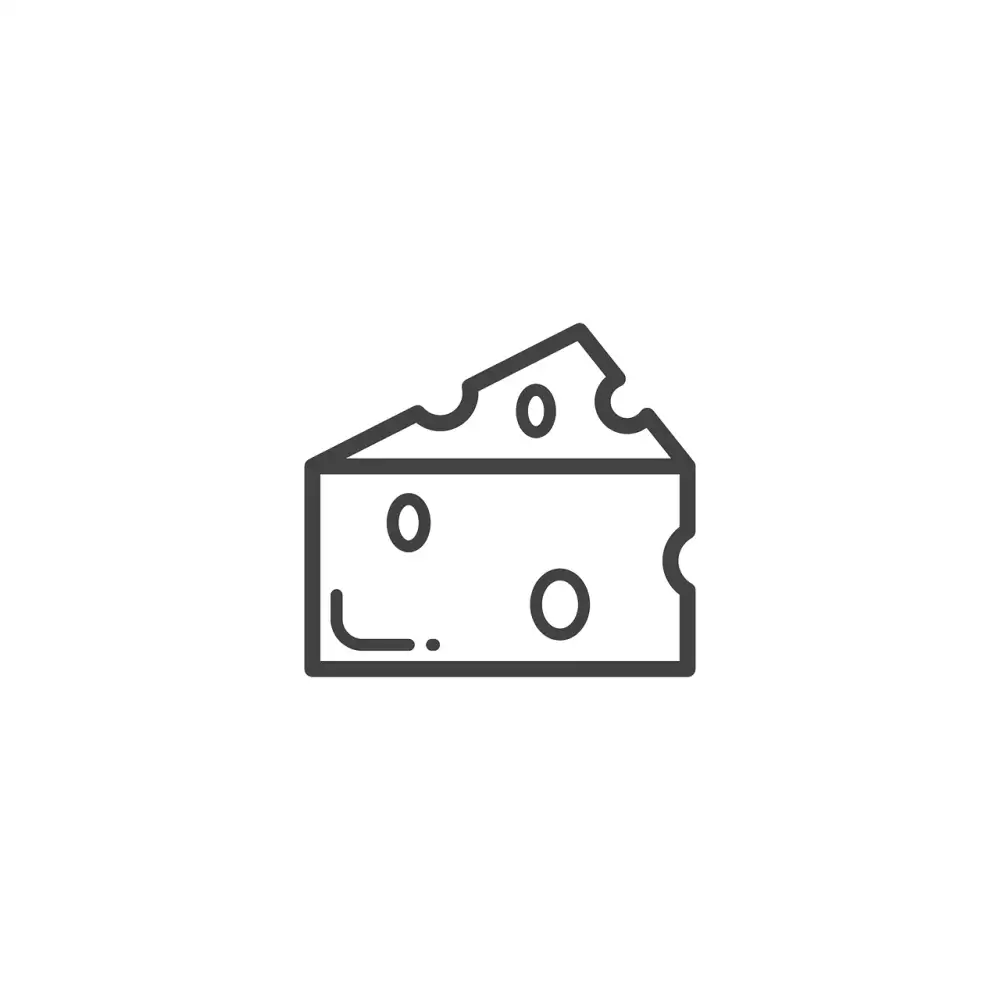Seal the Hole: Expert Tips to Fix and Close Holes in Your Home

- Importance of identifying and addressing holes in the home
- Common types of holes found in homes and their potential consequences
- Step-by-step guide on how to seal small holes in walls or ceilings
- Recommended tools and materials for effectively sealing holes
- Tips for sealing larger holes or gaps in the home
- Importance of regular maintenance to prevent new holes from forming
When it comes to maintaining a safe and comfortable living environment, one often overlooked aspect is the presence of holes in our homes. These holes, whether small or large, can lead to various issues such as energy loss, pest infestations, and even structural damage. The concept of "seal the hole" refers to the process of identifying and closing these openings to ensure a well-maintained and secure home. In this article, we will explore the importance of addressing holes in your home, provide expert tips on how to effectively seal them, and highlight the benefits of regular maintenance in preventing new holes from forming. So let's dive in and learn how to seal those pesky holes!
Importance of identifying and addressing holes in the home
Identifying and addressing holes in the home is of utmost importance for several reasons. Firstly, holes can compromise the structural integrity of the building, leading to potential safety hazards. Secondly, they can provide an entry point for pests such as rodents and insects, which can cause damage to property and pose health risks. Additionally, holes can contribute to energy loss, resulting in higher utility bills. By promptly identifying and addressing holes in the home, homeowners can ensure a safe, pest-free, and energy-efficient living environment.
Common types of holes found in homes and their potential consequences
Common types of holes found in homes can vary in size and location. Small holes are often caused by nails or screws, while larger holes may result from accidents or plumbing issues. These holes can have several potential consequences. Firstly, they can compromise the structural integrity of the home, weakening walls or ceilings. Secondly, they provide an entry point for pests such as rodents or insects, leading to infestations. Additionally, holes can allow drafts and air leaks, resulting in energy inefficiency and increased utility bills. Therefore, it is crucial to identify and address these holes promptly to avoid further damage and maintain a comfortable living environment.
Step-by-step guide on how to seal small holes in walls or ceilings
1. Start by cleaning the area around the hole using a damp cloth to remove any dust or debris.
2. Use a putty knife or scraper to gently scrape away any loose paint or plaster around the hole.
3. Apply a small amount of spackling compound or lightweight joint compound to the hole using a putty knife.
4. Smooth out the compound with the putty knife, ensuring it is evenly spread and fills the hole completely.
5. Allow the compound to dry according to the manufacturer's instructions, usually for about 24 hours.
6. Once dry, sand down the patched area using fine-grit sandpaper until it is smooth and level with the surrounding surface.
7. Wipe away any dust from sanding using a clean cloth.
8. Apply a primer coat of paint to the patched area, allowing it to dry completely before applying additional coats if necessary.
9. Finally, paint over the patched area with matching paint color, blending it seamlessly with the rest of the wall or ceiling.
By following these steps, you can effectively seal small holes in walls or ceilings and restore their appearance without professional help.
Recommended tools and materials for effectively sealing holes
When it comes to effectively sealing holes in your home, having the right tools and materials is crucial. Here are some recommended items that will help you get the job done:
1. Putty knife: A putty knife is essential for applying patching compounds or fillers to small holes. It allows for smooth and even application.
2. Spackle or joint compound: These products are perfect for filling small holes in walls or ceilings. Spackle is ideal for smaller holes, while joint compound works well for larger ones.
3. Sandpaper: After applying the patching compound, sandpaper is necessary for smoothing out the surface and ensuring a seamless finish.
4. Mesh patch or drywall tape: For larger holes, using a mesh patch or drywall tape is recommended. These materials provide extra reinforcement and prevent the hole from reappearing.
5. Drywall screws: If you're dealing with a loose or sagging piece of drywall, using drywall screws can help secure it back into place before applying the patching compound.
6. Paintbrush and paint: Once the hole is sealed and sanded, don't forget to touch up the area with matching paint to blend it seamlessly with the surrounding wall or ceiling.
By having these tools and materials on hand, you'll be equipped to effectively seal any holes in your home, ensuring a clean and polished look while preventing further damage.
Tips for sealing larger holes or gaps in the home
When it comes to sealing larger holes or gaps in your home, there are a few key tips to keep in mind. Firstly, assess the size and location of the hole to determine the best approach for sealing it. For larger holes in walls or ceilings, you may need to use a combination of materials such as drywall patches, joint compound, and mesh tape.
Start by cleaning the area around the hole and removing any loose debris. Next, apply a layer of joint compound over the hole using a putty knife. Make sure to spread it evenly and feather out the edges for a smooth finish. If necessary, place a drywall patch over the hole and secure it with screws or adhesive.
Once the joint compound is dry, sand it down gently to create a seamless surface. Apply another layer of joint compound if needed and repeat the sanding process until you achieve a flush finish. Finally, prime and paint over the patched area to match your existing wall or ceiling color.
For larger gaps around windows or doors, consider using expanding foam insulation. This type of foam expands when applied and fills in gaps effectively. Simply spray the foam into the gap, allowing it to expand and harden. Once dried, trim away any excess foam using a utility knife and seal with caulk for added durability.
Remember to always follow manufacturer instructions when using any sealing products and wear appropriate protective gear. Sealing larger holes may require more time and effort compared to smaller ones but doing so will ensure better insulation, prevent drafts, and maintain the integrity of your home's structure.
Importance of regular maintenance to prevent new holes from forming
Regular maintenance is crucial in preventing new holes from forming in your home. Over time, wear and tear can occur, leading to weakened areas that are prone to developing holes. By conducting routine inspections and addressing any signs of damage early on, you can prevent small issues from escalating into larger problems.
One important aspect of regular maintenance is checking for water leaks. Water can seep into walls or ceilings, causing them to weaken and develop holes over time. By promptly fixing any leaks and ensuring proper waterproofing measures are in place, you can prevent water damage and the formation of new holes.
Another key aspect of maintenance is inspecting the exterior of your home. Cracks or gaps in the foundation, siding, or roof can provide entry points for pests or moisture, which can lead to the development of holes. Regularly inspect these areas and seal any openings to prevent further damage.
Additionally, maintaining a clean and clutter-free environment inside your home is essential. Cluttered spaces can attract pests that may chew through walls or furniture, creating holes. By keeping your home tidy and organized, you reduce the risk of pest infestations and subsequent hole formation.
By prioritizing regular maintenance tasks such as checking for water leaks, inspecting the exterior, and maintaining cleanliness, you can effectively prevent new holes from forming in your home. This proactive approach will not only save you time and money but also contribute to a safer and more comfortable living environment.
In conclusion, promptly sealing holes in your home is essential for several reasons. Firstly, it helps to maintain the structural integrity of your house by preventing further damage. Holes can weaken the walls or ceilings, leading to more extensive repairs and costly renovations. Secondly, sealing holes improves energy efficiency by preventing drafts and air leakage, which can result in higher heating or cooling bills. Additionally, sealing holes keeps pests and insects out of your home, reducing the risk of infestations and potential health hazards. Lastly, addressing holes promptly enhances the overall aesthetic appeal of your living space, ensuring a clean and well-maintained environment. By taking proactive measures to seal the hole, you can enjoy a comfortable, secure, and visually pleasing home for years to come.
Published: 26. 02. 2024
Category: Home



